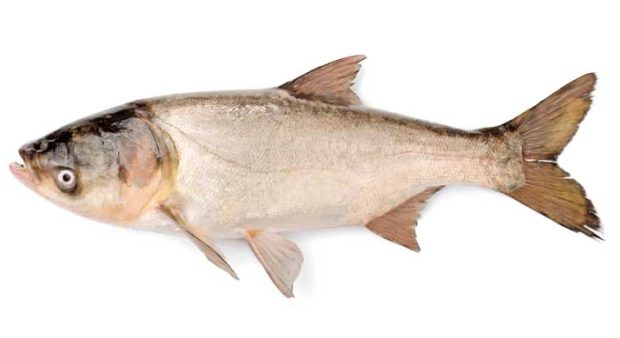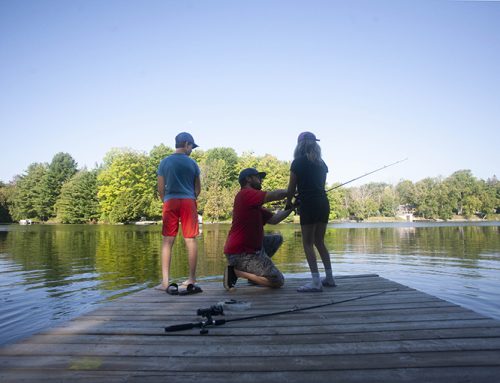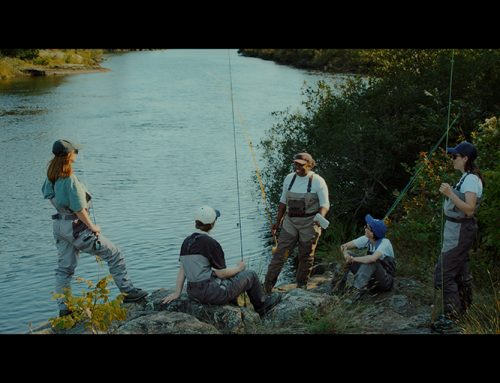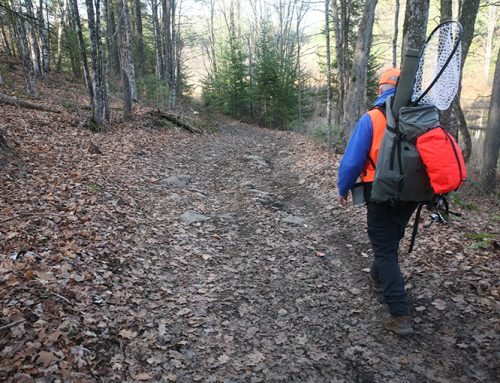A single Asian Carp caught in the Grand River near Dunnville, Ont. on April 27 was recently confirmed as sterile, much to the relief of environmental groups and fisheries departments.
The 44-inch grass carp, which weighed 40 pounds, had rekindled fear of an Asian Carp invasion into the Great Lakes. That fear was mitigated when testing proved that the fish could not reproduce.
Grass carp are the only species of Asian carp that aren’t federally regulated in the U.S. The fish are still stocked in New York, Pennsylvania, and Ohio to control aquatic vegetation as long as the fish are sterile, from a government inspected source, and are released in a water body not connected to the Great Lakes.
It has not been determined where the fish came from, but work is ongoing on that front. “There’s a way of looking at the chemical analysis of what’s in the otoliths that gives clues where it spent its life,” said Ministry of Natural Resources spokesperson John Cooper.
“The Great Lakes are important to the economic and cultural make-up of Canadians who live and work on these waters,” said the Honourable Keith Ashfield, Minister of Fisheries and Oceans. “Our efforts to date have prevented Asian carp species, including grass carp, from establishing in the Great Lakes system. We will continue to be vigilant and respond quickly and effectively and do what is necessary to keep them from taking over this valuable watershed.”
“Ensuring the health and productivity of the Great Lakes by preventing the introduction of Asian carp remains one of the highest priorities for Ontario and for my ministry,” said Ontario Minister of Natural Resources David Orazietti. “Since 2005, Ontario has prohibited the possession of live Asian carp, including grass carp, and has vigorously enforced these regulations. We are committed to working with Fisheries and Oceans Canada to respond quickly to all threats to our ecosystem from invasive species.”
See the June issue of Ontario OUT OF DOORS for more on Asian carp and its potential impact on the Great Lakes.







Leave A Comment